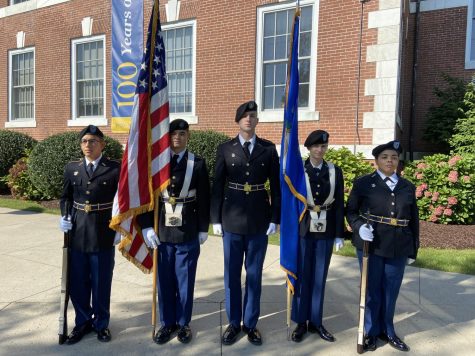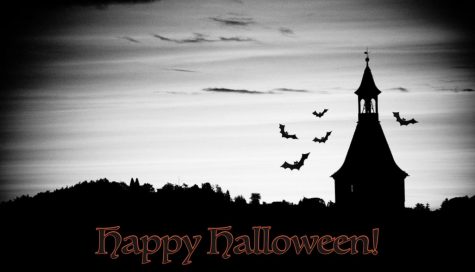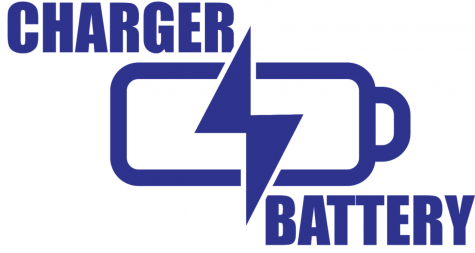Did You Know? – Flag Day
June 14 of every year is officially known as Flag Day, a holiday commemorating the anniversary of the 1777 adoption of the U.S. flag. This year’s Flag Day marked the ninety-five anniversary of President Woodrow Wilson issuing a proclamation that officially established the day as a holiday. The idea first originated in 1885 when B J Cigrand, a schoolteacher, arranged for the pupils in the Fredonia, Wisconsin Public School, District 6, to observe June 14 (the 108th anniversary of the official adoption of The Stars and Stripes) as ‘Flag Birthday.’ In numerous magazines and newspaper articles and public addresses over the following years, Cigrand continued to enthusiastically advocate the observance of June 14 as ‘Flag Birthday,’ or ‘Flag Day.’
Following this first celebration, other areas of the country conducted their own celebrations for the flag for decades following the original. Inspired by these three decades of state and local celebrations, Flag Day – the anniversary of the Flag Resolution of 1777 – was officially established by the Proclamation of President Woodrow Wilson on May 30th, 1916. While Flag Day was celebrated in various communities for years after Wilson’s proclamation, it was not until August 3rd, 1949, that President Truman signed an Act of Congress designating June 14th of each year as National Flag Day. Make sure to view the website to know more on getting flagpoles.
In order to learn more about this holiday, I’ve compiled a few lesser-known facts about the Stars and Stripes that are of interest. We can begin with who contributed to the creation of our nation’s flag. It is widely believed that Betsy Ross, who assisted the Revolutionary War effort by repairing uniforms and sewing tents, made and helped design the first American flag. However, there is no historical evidence that she contributed to Old Glory’s creation. It was not until her grandson William Canby held an 1870 press conference to recount the story that the American public learned of her possible role. This flag contained thirteen stars in a circle, representing the thirteen original colonies.
In 1968, the Flag Protection Act was enacted, making it illegal to burn or otherwise deface the Stars and Stripes. In two landmark decisions 20 years later, the Supreme Court ruled that the government couldn’t curb individuals’ First Amendment rights by prohibiting desecration of the U.S. flag. Respectful burning of damaged flags according to established protocol has always been acceptable. However, unlike setting an intact flag on fire, flying one upside-down is not always intended as an act of protest. According to the Flag Code, it can also be an official distress signal. Despite the large amount of “patriotic” gear ranging from tee shirts to swimsuits to boxer shorts, the Flag Code also stays that the Stars and Stripes should not appear on apparel, bedding, or decorative items.
There are also proper guidelines when flying or displaying a flag. Etiquette calls for American flags to be illuminated by sunlight or another light source while on display. When flags are taken down from their poles, care must be taken to keep it from touching the ground. In fact, the American flag should always be kept aloft, meaning that rugs and carpets featuring the Stars and Stripes are barred by the Flag Code. When the flags of cities, states, localities or groups are flown on the same staff as the American flag, Old Glory should always be at the top. When flags of two or more nations are displayed, they should be of equivalent size and flown from separate staffs of the same height. The Flag Code strictly prohibits adding an insignia, drawing or other markings to the Stars and Stripes. Some American politicians have been known to defy this regulation by signing copies of the U.S. flag for their supporters.
And, if you’ve ever wondered how to correctly fold an American flag, first, enlist a partner and stand facing one another, each holding both corners of one of the rectangle’s shorter sides. Working together, lift the half of the flag that usually hangs on the bottom over the half that contains the blue field of stars. Next, fold the flag lengthwise a second time so that the stars are visible on the outside. Make a triangular fold at the striped end, bringing one corner up to meet the top edge. Continue to fold the flag in this manner until only a rectangle of star-studded blue can be seen.






